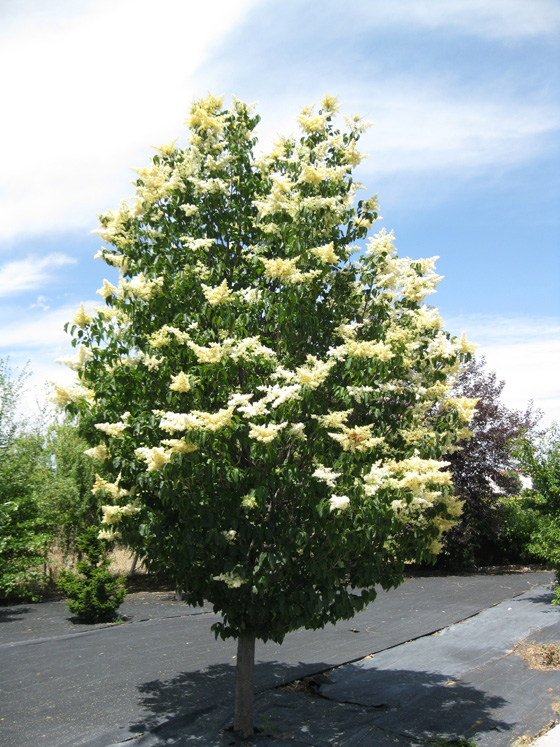| PSC 2620: Woody Trees and Shrub | Course Home | Week 4 |
Syringa reticulata - Lilac Tree
Plant Viewer
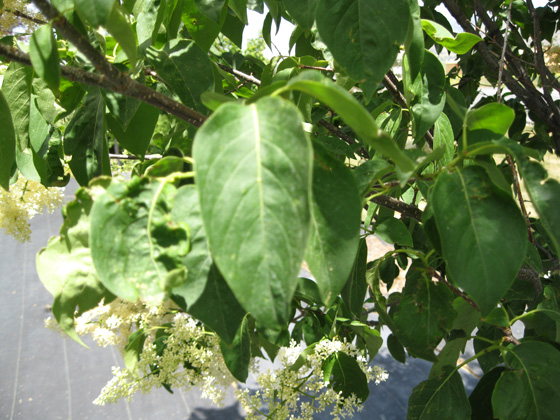 |
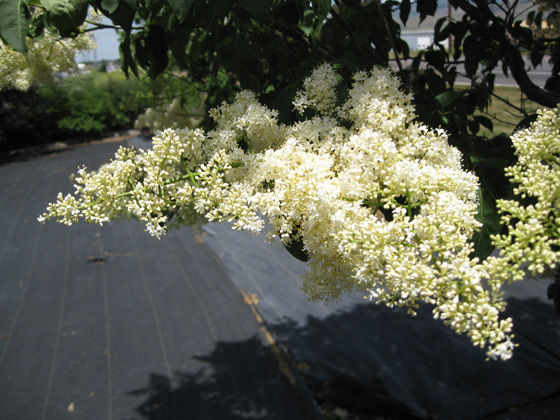 |
| The leaf of Syringa reticulata are ovate with a crooked tip. | The panicles of showy, creamy white blossoms appear in summer and have a fragrant scent. |
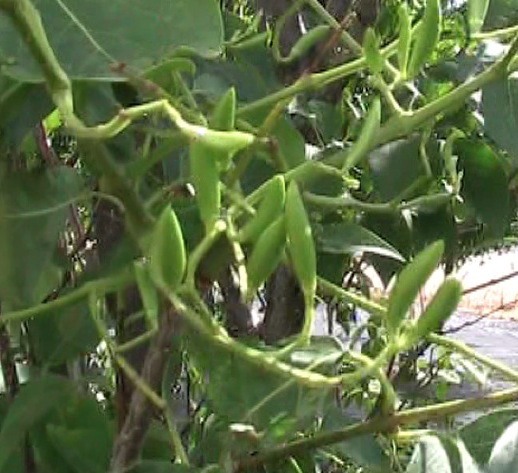 |
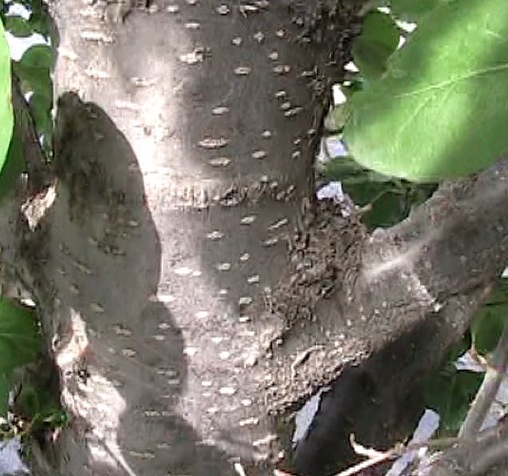 |
| Capsule fruit emerges in panicles once the blooming is completed. | The bark is shiny and has horizontal lenticels. |
Plant Description
Syringa reticulata is an excellent, but very under-utilized species. It is not available in large numbers commercially, which is unfortunate, because its fragrant blossoms, good form and tough-as-nails constitution makes it an ideal selection for our climate. It grows into a moderate sized, upright tree, 20-30 feet high and 15-25 feet wide.
The bark is reddish colored on new growth and turns to gray on the old. The most noticeable feature of the bark is the very distinct lenticels, arranged vertically on the bark. The bright green leaves are ovate, 2-5 inches long, and come to a crooked point at their ends. They are arranged oppositely on the stem. The leaves emerge early in the spring, before most other trees.
In the summer, large panicles of white blossoms appear on the fringes of the tree's canopy. They are larger than most blossoms found on lilac bushes, and can be over a foot long and nearly as wide. However, they are airier than traditional lilac blooms, with the individual blossoms being smaller in size. They are very fragrant. Similar to Syringa reticulata, capsule fruit born on panicles emerge after the blooming is over.
Landscape Use
Its small size makes it a good selection for an ornamental flowering tree. Its tolerance for poor soil and drought conditions makes it an excellent choice for a street tree as well.
Notable Cultivars
Ivory Silk This tree has a good vase shape, making it especially good as a street tree. The blossoms are white and the fragrance is good. Reaches 20 feet high by 15 feet wide.